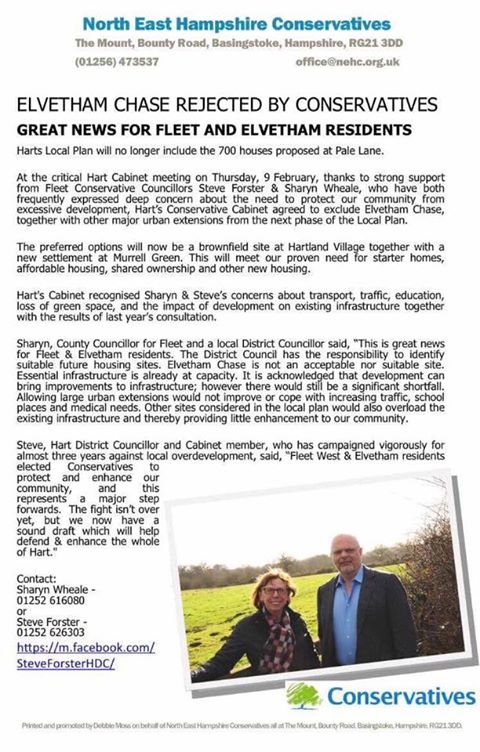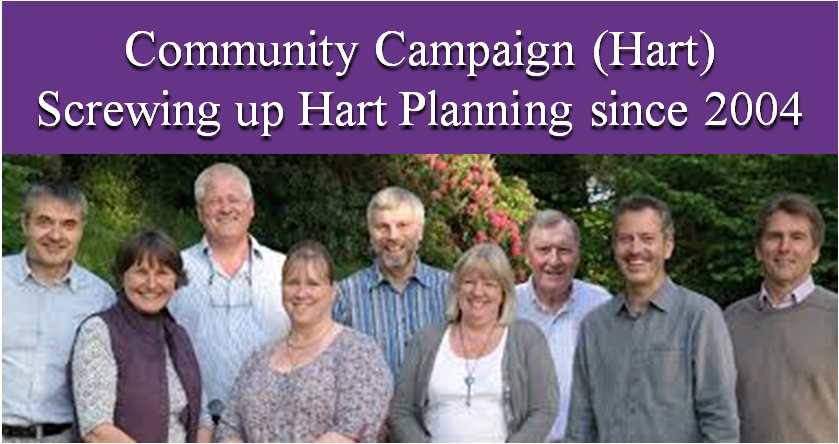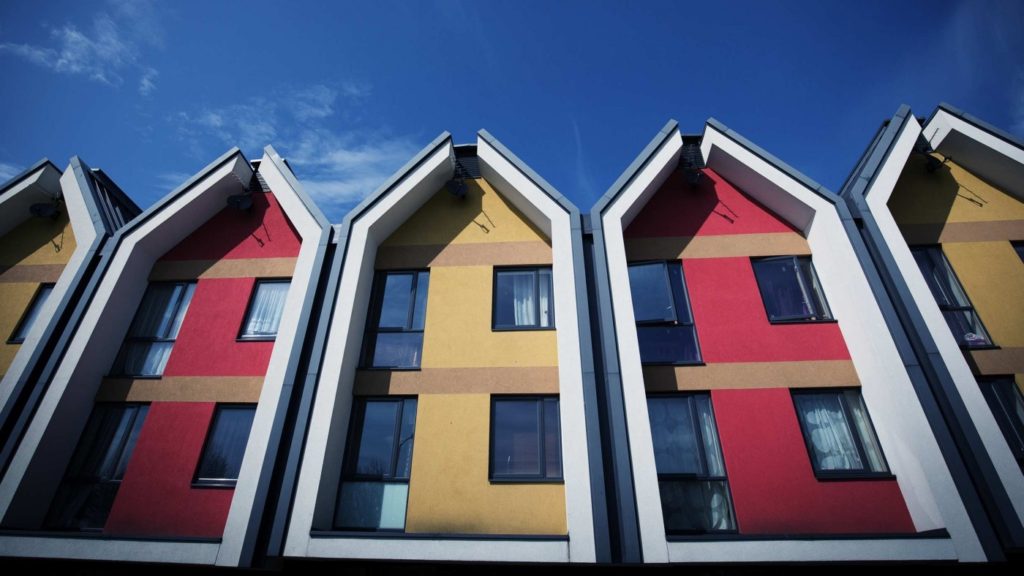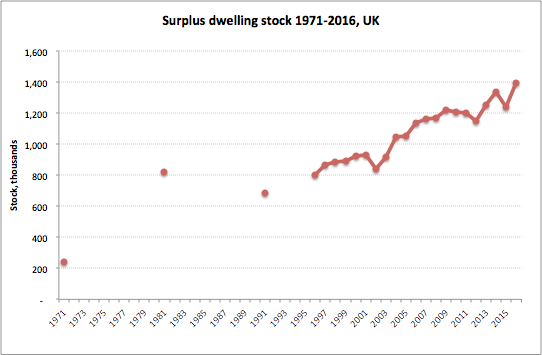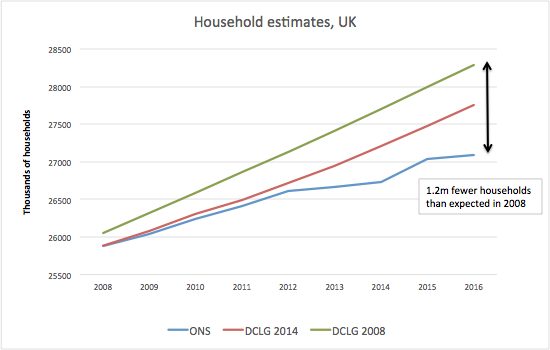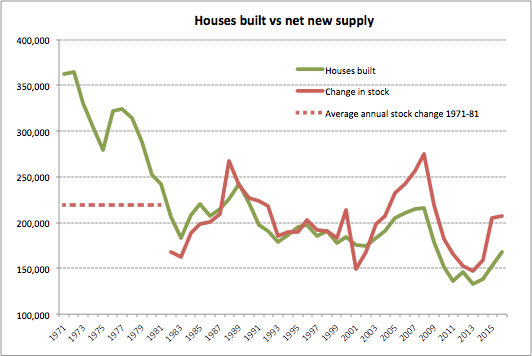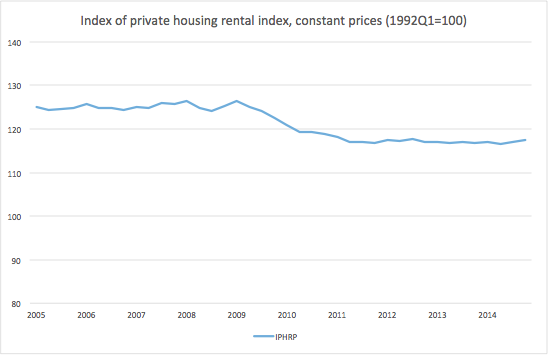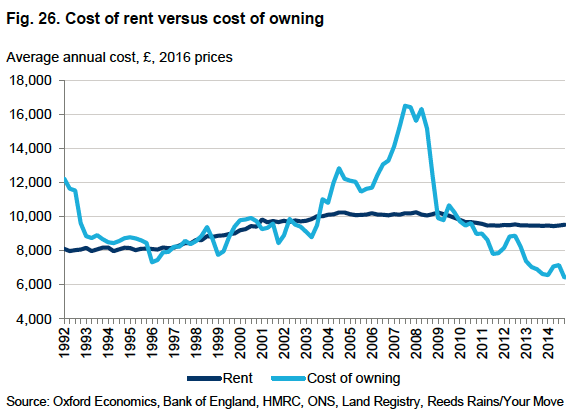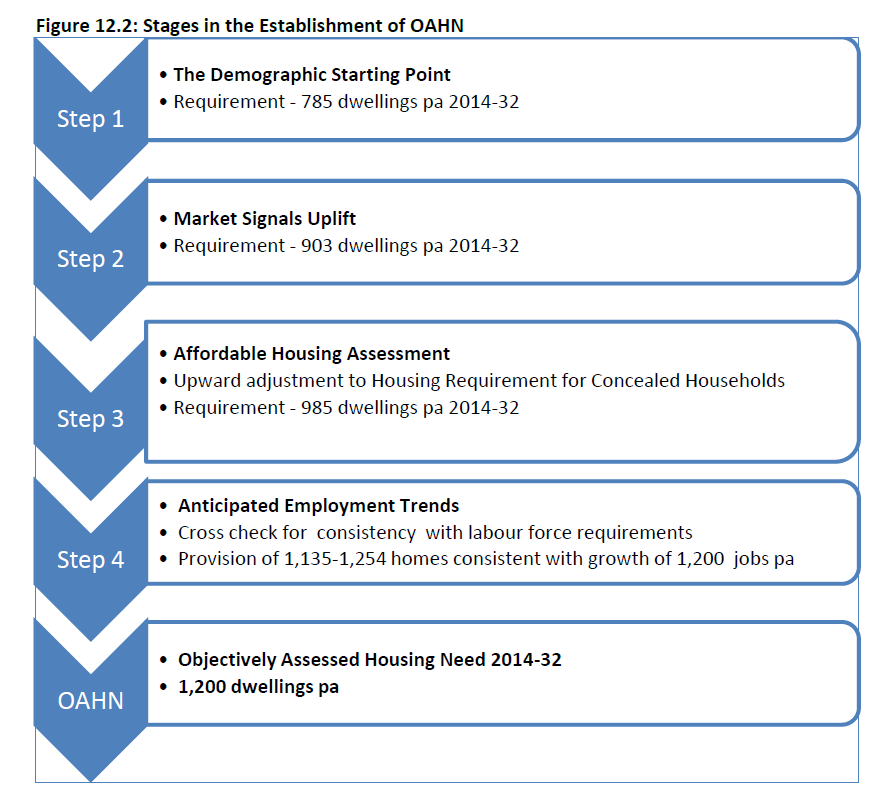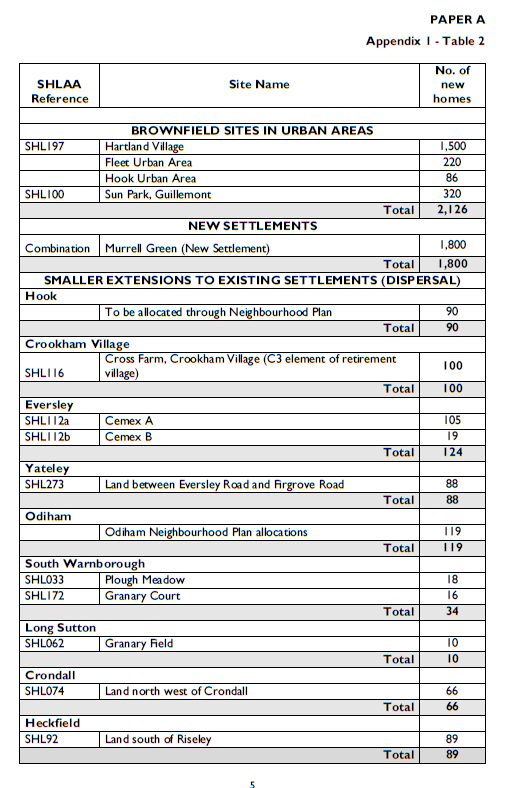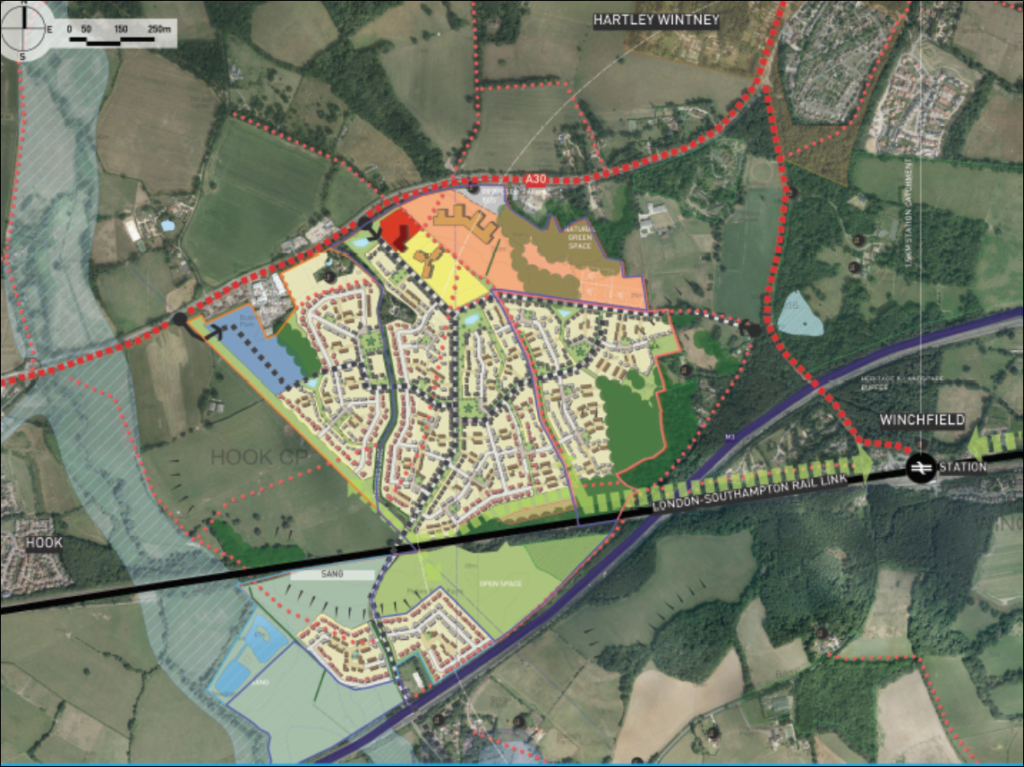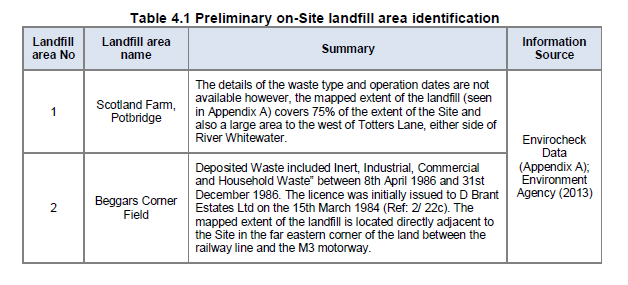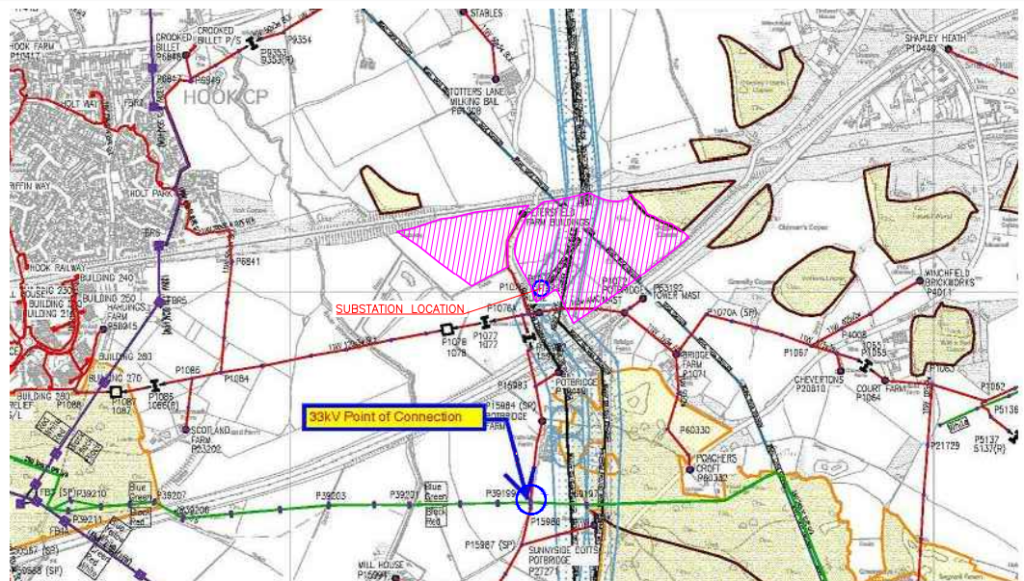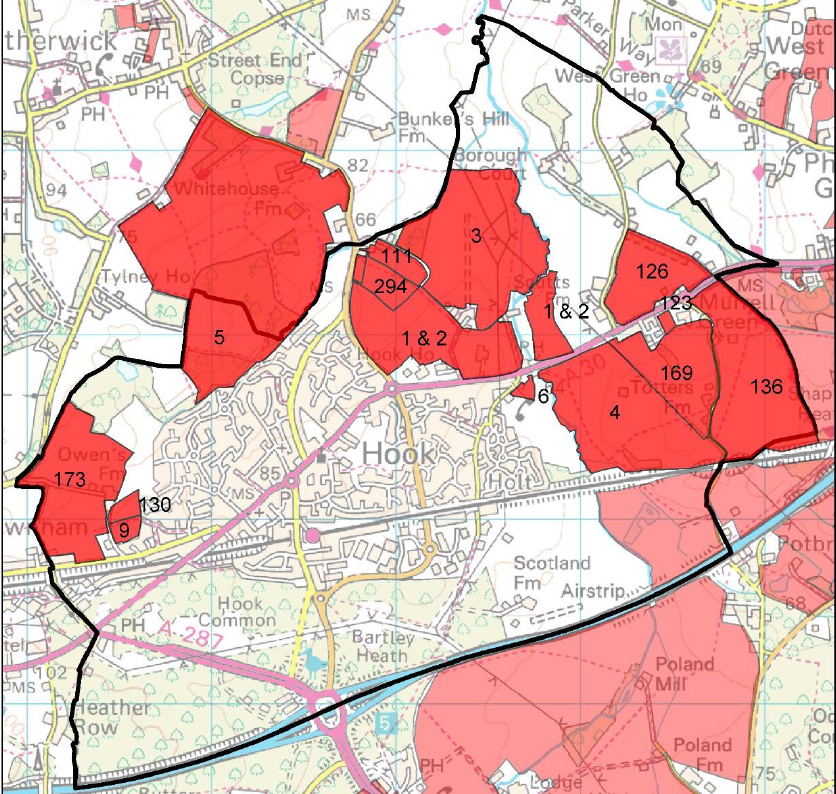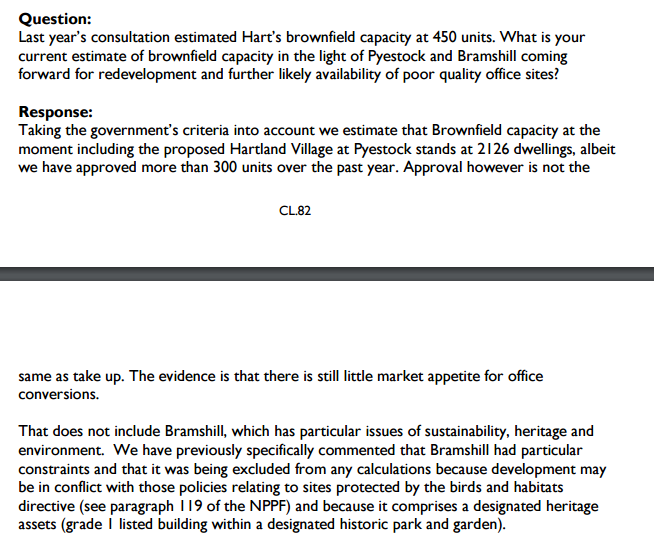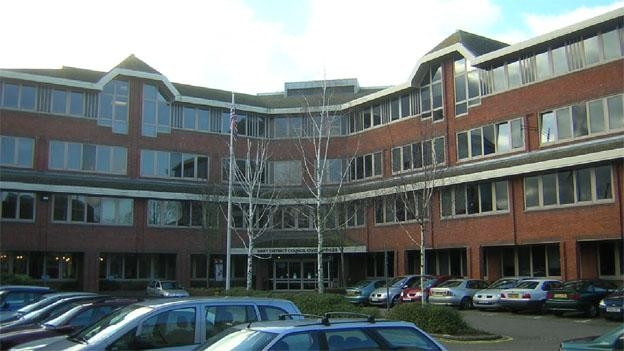
Statement to Hart Cabinet
The crucial Hart Cabinet meeting to decide the spatial strategy to be incorporated in the forthcoming consultation on the Hart Local Plan will be held tonight at 8pm.
Public participation is allowed and we have been allowed to speak. A copy of our prepared statement is shown below. Please do come along and watch the debate.
Statement to Hart Cabinet 9 February 2017
Thank you for allowing me to speak.
This is an important time for Hart – you are setting out a strategy that will impact the quality of life of Hart residents for many years to come, so it is important you do the best job you can.
Hart Council is in a perilous position and facing the threat of losing around £2m of NHB if the Local Plan is not in place on time and of course the threat of many speculative planning applications. So, it is right that you are risk averse at this time.
However, I would like to use this statement to persuade you to change direction.
I would like you to focus on reducing the housing target of 10,000 by removing the unnecessary uplift of 2,000 extra houses on top of the SHMA target of ~8,000.
The SHMA starts with the ONS population and household projections. It says the “the household projections… are statistically robust and are based on nationally consistent assumptions”. They take account of international migration and migration between districts.
On their own, these projections would point to a need for around 5,300 houses over the planning period. If, however, the SHMA used the more up to date 2014-based figures, the housing need would fall to around 4,500, compared to the 10,000 you are proposing to build.
That’s right, the latest demographic projections point to a need that is less than half of that you are proposing.
However, it is probably right that the housing target should be inflated a little to cater for what is termed suppressed household formation and concealed households.
The SHMA has done this by firstly increasing Hart’s target up to around 6,100 new dwellings to cater for households that are termed ‘can’t rent, can’t buy’ and those who can rent but can’t buy.
Secondly, it then makes a further increase of around 500 affordable homes. This brings the total target to around 6,600.
To my mind 6-6,500 houses would be reasonable overall that would mean we could meet the rest of the target from brownfield sites alone.
To emphasise: The SHMA has met the demographic need and already takes account of suppressed household formation, concealed households and affordable housing.
The SHMA then goes on to add a further 1,400 houses for economic growth, bringing the overall total to 8,000.
This ‘economic growth uplift’ does by definition mean that you are planning for additional inward migration to Hart, people whose needs are supposed to be met elsewhere. Not only that, the SHMA assumes many of these people will also work outside the district and thus put increasing pressure on the creaking transport infrastructure. This is not sustainable development.
Yet, you are now proposing to add a further 2,000 houses to the total to meet extra questionable affordable housing needs.
However, we have already established the SHMA itself has already taken account of the affordable requirement, so this extra 2,000 is double counting. It will require us concreting over our green fields to meet non-existent housing needs. This is unsustainable over-development.
We wouldn’t need the new Murrell Green settlement if you removed the 2,000 unnecessary houses from the target. I might add the new settlement is entirely unsuitable. It is bordered by the M3 and A30. Criss-crossed by the railway, power lines and a high-pressure gas main. A big chunk of the site is former landfill. Only last year a solar farm was turned down on the grounds it would spoil the view from the Odiham Deer Park and spoil the enjoyment of walkers on the public footpaths. This proposal is far more intrusive than solar panels.
So finally, I urge you, please do the right thing and plan for a sensible housing target. Don’t blight our green fields with so many unnecessary houses. If you really want to help the concealed households, make sure you allocate some of the existing housing target to subsidised social-rented accommodation.
